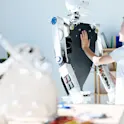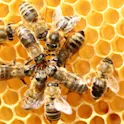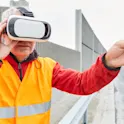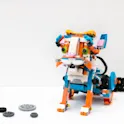
Engineering
07 Nov 2022
5 articles you need to check out on the future of materials research
By Angharad Brewer Gillham, Frontiers science writer Image: Shutterstock.com In a fast-moving field of research like materials science, it can be difficult to keep up with the latest breakthroughs. Now at Frontiers, we highlight just five of the latest research articles to shed more light on the way we build our world around us, published by top researchers in the Frontiers in Materials Research Topic ‘Horizons in Materials’. Growing green technology: from trees to tech Scientists aiming to power the appliances of the future are developing special phenolic compounds from resins instead of petrol – a first step towards organic electrodes. Since biomass is the only green, renewable source of carbon materials, carbon-based electrodes for new-generation metal-ion batteries could be a more eco-friendly replacement for lithium-ion batteries. Some of the methods to make these compounds currently available are problematic because they require dangerously high temperatures and pressures and hazardous chemicals, but new methods are being developed which use mechanical forces instead. If these compounds can be developed into renewable sources for electronics, Dr Javier Quílez-Bermejo and his team at the Université de Lorraine point out, the potential for revolutionizing electronic devices would be huge, opening the way for greener fuel […]













